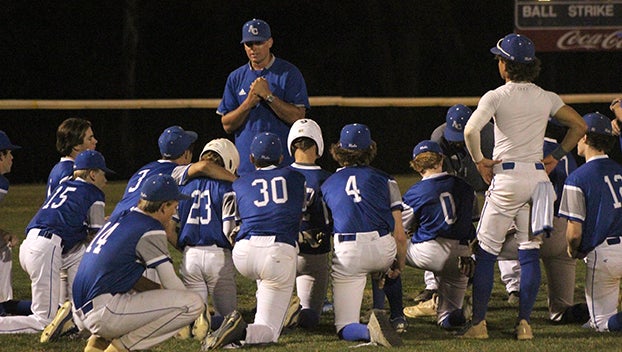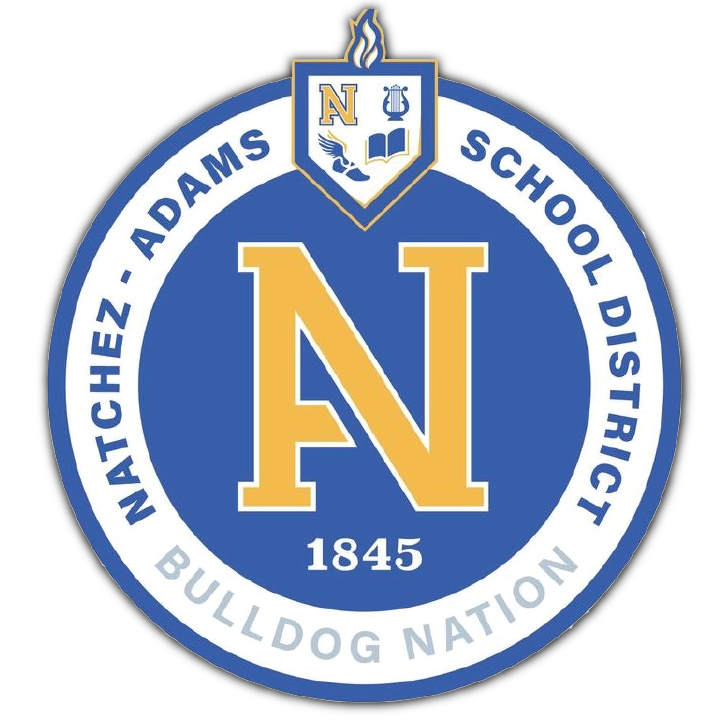Nadal wins fifth French Open title
Published 12:20 am Monday, June 7, 2010
PARIS (AP) — Scurrying along the baseline as only he can, sliding through the red clay he rules, Rafael Nadal stretched to somehow dig the ball out of a corner and fling it back over the net — once, twice, three times — during a 14-stroke exchange that ended when Robin Soderling sailed a shot long.
The French Open final was all of seven points old, and the message was unmistakable: Nadal’s knees are fine now, which means he is an entirely different player from the one Soderling stunned at Roland Garros in 2009. That was the first loss of Nadal’s career at this tournament, and it remains the only one.
His body sound, his mind at ease, Nadal played his unique brand of relentless, perpetual-motion tennis to handily beat the No. 5-seeded Soderling of Sweden 6-4, 6-2, 6-4 Sunday. Nadal won his fifth French Open championship, his seventh Grand Slam title overall, and earned a return to No. 1.
‘‘I lost last year because I was not well-prepared, and I had very low morale last year, as well,’’ said Nadal, who will supplant Roger Federer atop the rankings Monday.
‘‘But this time, I’m back,’’ said Nadal, who covered his face with a red towel and sobbed at match’s end. ‘‘I’m back — and I win.’’
Yes, Nadal most definitely is back, and he is as good as — or perhaps even better than — ever.
‘‘He has more or less one game,’’ Soderling said, ‘‘but he does it so well.’’
Nadal is 38-1 over his career at Roland Garros and, three days after his 24th birthday, stands just one French Open title shy of Bjorn Borg’s record of six.
For the second time in three years, Nadal won the tournament without losing a set.
As former No. 1 Andy Roddick posted on Twitter: ‘‘rafa nadal best ever on clay…. period.’’
Nadal’s uncle, Toni, who has coached the Spaniard since he was 4, called Sunday’s performance ‘‘one of the best matches I’ve ever seen Rafael play.’’
Put simply, Nadal was far superior in every aspect, from start to finish, in improving to 38-4 with four titles this season, both tour bests.
He saved all eight break points he faced. He returned well, too, against a guy who tops 140 mph, managing to hit the same number of aces Sunday, seven apiece, even though Soderling had totaled 75, and Nadal only 12, through the semifinals. He made only 16 unforced errors, 29 fewer than Soderling.
Most significantly, he never allowed his big-swinging foe to dictate points the way Soderling did during his pair of career-defining upsets — against Nadal in last year’s fourth round, and against defending champion and top-seeded Federer in this year’s quarterfinals.
Part of that was a result of going after Soderling’s weaker backhand side at the outset of points. Mainly, though, it was thanks to Nadal’s sublime scrambling, side to side, forward and backward, never relaxing one bit, nearly always forcing Soderling to conjure up more than one brilliant shot to win a single point.
Effort of that sort can be as demoralizing to an opponent as it is decisive on the scoreboard.
‘‘I think he felt, like, everything he tried, he had to play three or four winners every point to be able to win it,’’ said Soderling’s coach, 2000 French Open runner-up Magnus Norman. ‘‘So it was tough.’’
Not that this match was very competitive, but there were a few key moments. The first came 21 minutes in, when Nadal broke for a 3-2 lead with an on-the-run, cross-court backhand passing winner that dropped right in a corner, leaving Soderling shaking his head.
The next came a half-hour later, when Nadal watched Soderling float a forehand wide, ending the first set. Get this: Nadal entered Sunday 94-1 when winning the opening set of a Grand Slam match.
What would turn out to be Soderling’s last, true stand came in the second set’s second game, when he compiled four break points. Nadal saved the first with an ace. He saved the second when Soderling sent a backhand long to cap a 10-stroke exchange in which Nadal twice retrieved booming cross-court forehands.
The third was an absolute masterpiece, something kids learning how to play tennis must watch. It began with Soderling smacking a backhand return so well that his backers in the crowd began cheering, assuming the point was over. Not with Nadal at the other end. No way.
He sprinted over, spraying particles of rust-colored clay in his wake, crouched down and chopped the ball back. Thus began an 11-stroke point, in which Nadal blocked a Soderling overhead smash, then moved to the net and caressed a drop volley winner.
Fans roared; Soderling sighed; Nadal wheeled, threw an uppercut and kicked up his right leg.
Then, on the fourth break point, Soderling made the first of three consecutive return errors. Instead of Soderling leading 2-0, it was 1-all. Three games later, Nadal broke to begin a run of seven games in a row, pretty much settling things.
Soon enough, Nadal was in the familiar-to-him position of crumpling to the clay and laying on his back, French Open champion again.
‘‘That’s why he’s so good — because he’s moving so well and gets everything back,’’ Soderling said. ‘‘He’s a great defensive player, but also has a great offensive game, as well. He can really change defense to offense really quick.’’
Asked to compare this version of Nadal with the one Soderling defeated twice last season, Norman replied: ‘‘He’s being more aggressive. He’s moving a lot better.’’
Both are a result of being happy and healthy, two things Nadal was decidedly not for long stretches in 2009, his annus horribilis.
There was the painful knee tendinitis, which hampered him when Soderling snapped Nadal’s record 31-match French Open winning streak. Those knees also forced Nadal to decline to defend his 2008 Wimbledon title.
‘‘If you think about the knees,’’ he said Sunday, ‘‘you can’t think about the ball.’’
There also was an abdominal tear that affected him at the U.S. Open.
Most distracting and disturbing of all was his parents’ separation.
‘‘A difficult year for me,’’ Nadal said.
Toni Nadal said his nephew wasn’t able to put family matters out of his mind until the beginning of this season.
Still, through the injuries, through the losses, through the personal issues, the Nadals must have known Rafael would return to the level displayed Sunday, right? Or did they actually harbor questions, no matter how great a player he already had shown himself to be?
In other words: Were they worried?
‘‘Sure. I think everybody (has) doubts,’’ the younger Nadal said. ‘‘I am not an exception.’’
Said Toni Nadal: ‘‘Always, I have doubts.’’
Those weren’t resolved until mid-April, at the clay-court tournament in Monte Carlo — and Nadal hasn’t lost since, compiling a 22-match winning streak.
There’s no time to celebrate properly, though: Nadal plans to be in London on Monday, practicing. There is grass-court tennis to be played, and a second Wimbledon championship to chase.




